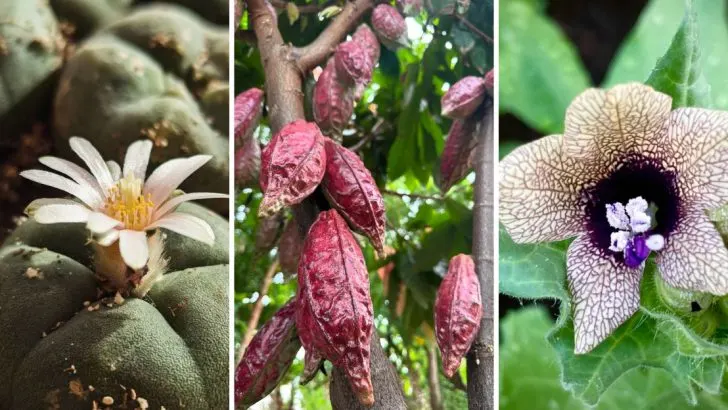Throughout history, plants have played a vital role in human rituals, symbolizing everything from healing and protection to spiritual connection and renewal.
Ancient cultures across the globe relied on specific plants to enhance their ceremonies, believing in their sacred powers and profound significance. These botanical wonders continue to captivate us today with their rich histories and the mystique of their ceremonial uses.
In this article, we’ll explore 14 plants that have been used in ancient rituals for centuries. From smudging sage to brewing herbal elixirs, these plants carry timeless stories of how humanity has connected with nature to seek balance, meaning, and inspiration.
Frankincense
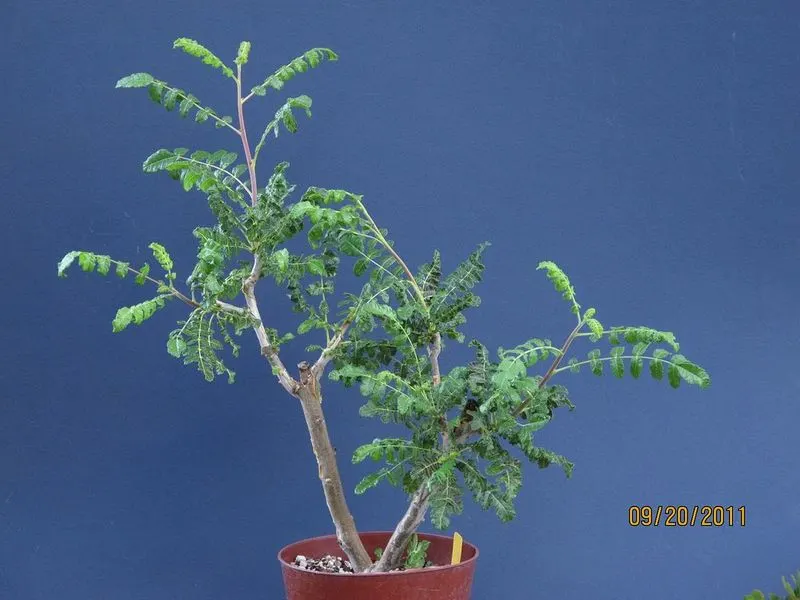
Valued for its aromatic resin, frankincense has been an integral part of spiritual ceremonies for thousands of years. Ancient Egyptians used it in incense and perfumes, believing it had the power to ward off evil spirits. It was also burned in temples to honor gods and convey prayers.
The distinctively sweet and warm scent remains a staple in religious rituals, often symbolizing purification and sanctity. Frankincense’s historical significance is evident in its continued use in various religious practices today, bridging the gap between ancient traditions and modern spirituality.
Sage
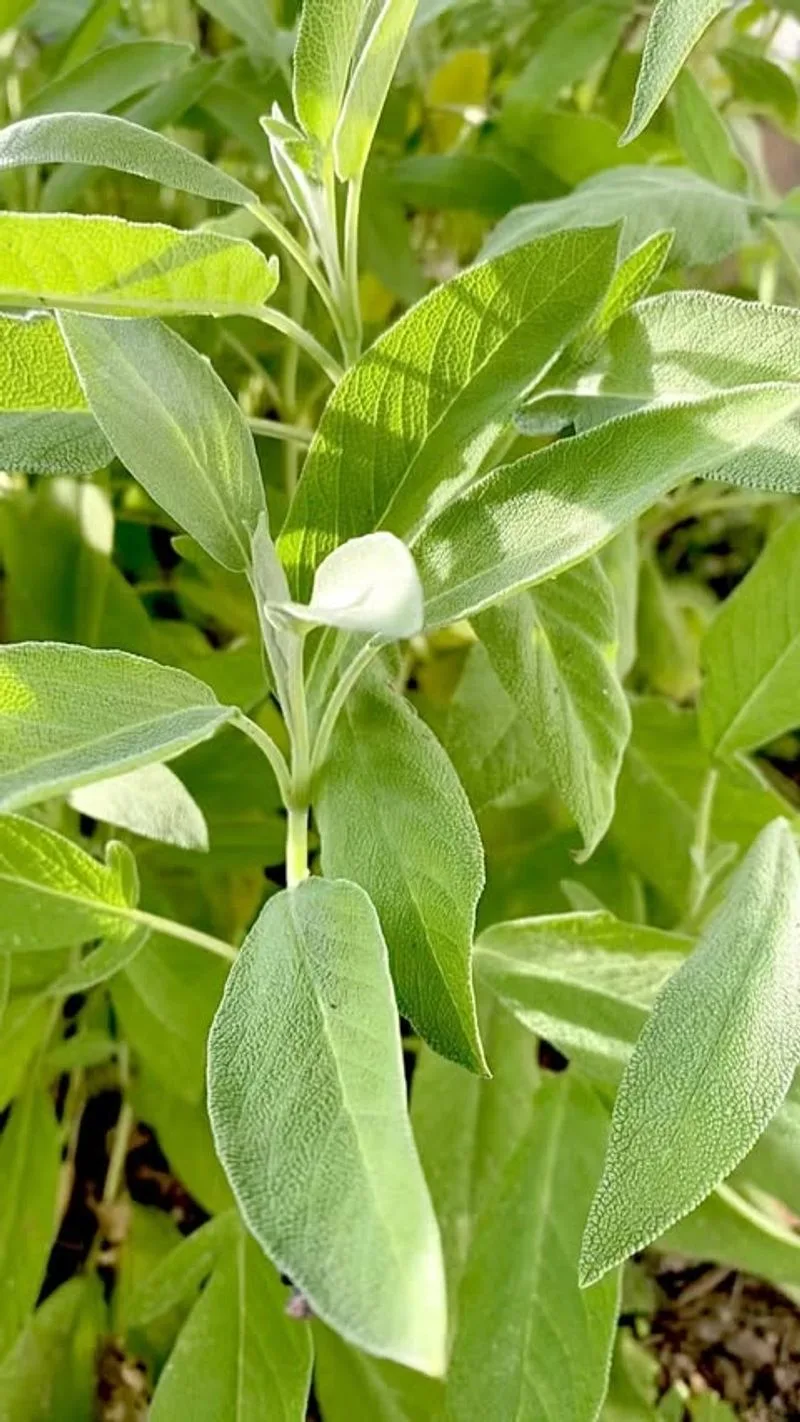
Renowned for its cleansing properties, sage has been a sacred herb in many Native American traditions. Smudging rituals involve burning sage to purify a space, cleanse the spirit, and invite positive energy. The earthy aroma and curling smoke are believed to carry away negative thoughts and influences.
Beyond its spiritual uses, sage’s antibacterial properties have made it a valuable medicinal plant. Its enduring presence in cultural ceremonies underscores its importance as a symbol of healing and protection, revered across generations.
Peyote
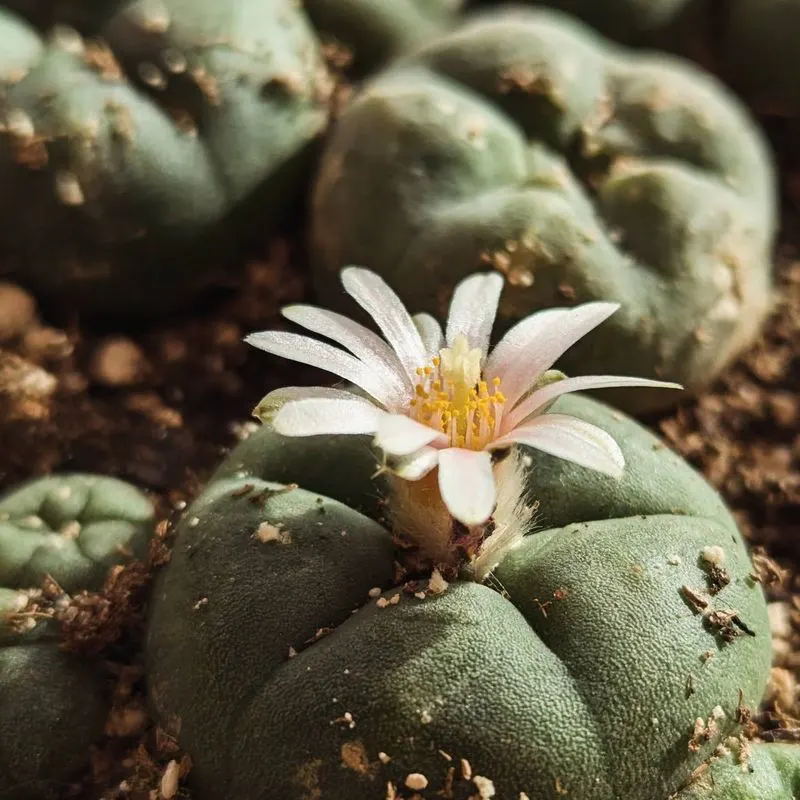
Peyote, a small spineless cactus, has played a central role in Native American religious rituals, particularly among the Huichol and Navajo tribes.
Known for its psychoactive properties, peyote induces visionary experiences that are integral to spiritual ceremonies. Participants report heightened awareness and a sense of connection with the divine. The ceremonial use of peyote is deeply rooted in tribal traditions, offering insight and healing.
Despite legal restrictions in some areas, peyote remains a sacred symbol of cultural identity and spiritual exploration for many indigenous communities.
Ayahuasca
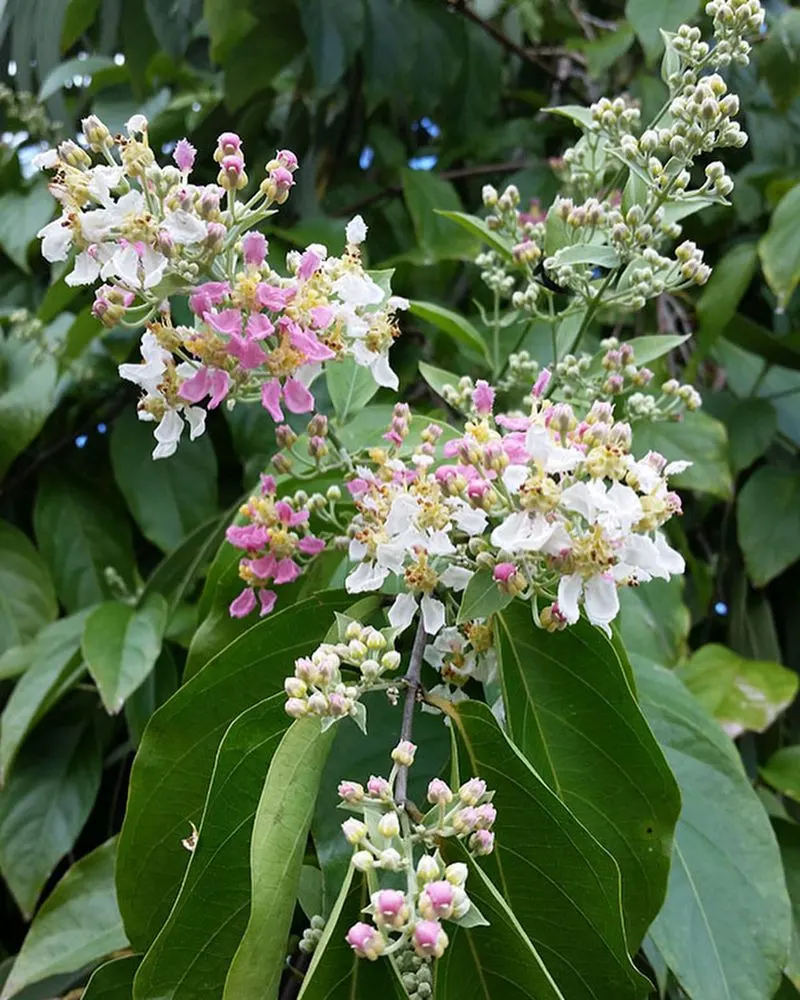
Ayahuasca, a potent brew made from Amazonian plants, has been used for centuries by indigenous tribes for spiritual healing and divination.
The ritualistic consumption of ayahuasca leads to altered states of consciousness, offering profound insights and emotional release. Guided by shamans, participants embark on a journey of self-discovery, confronting inner truths and seeking spiritual enlightenment.
The intricate preparation and ceremonial use of ayahuasca highlight its revered status as a bridge between the physical and spiritual worlds.
Mugwort
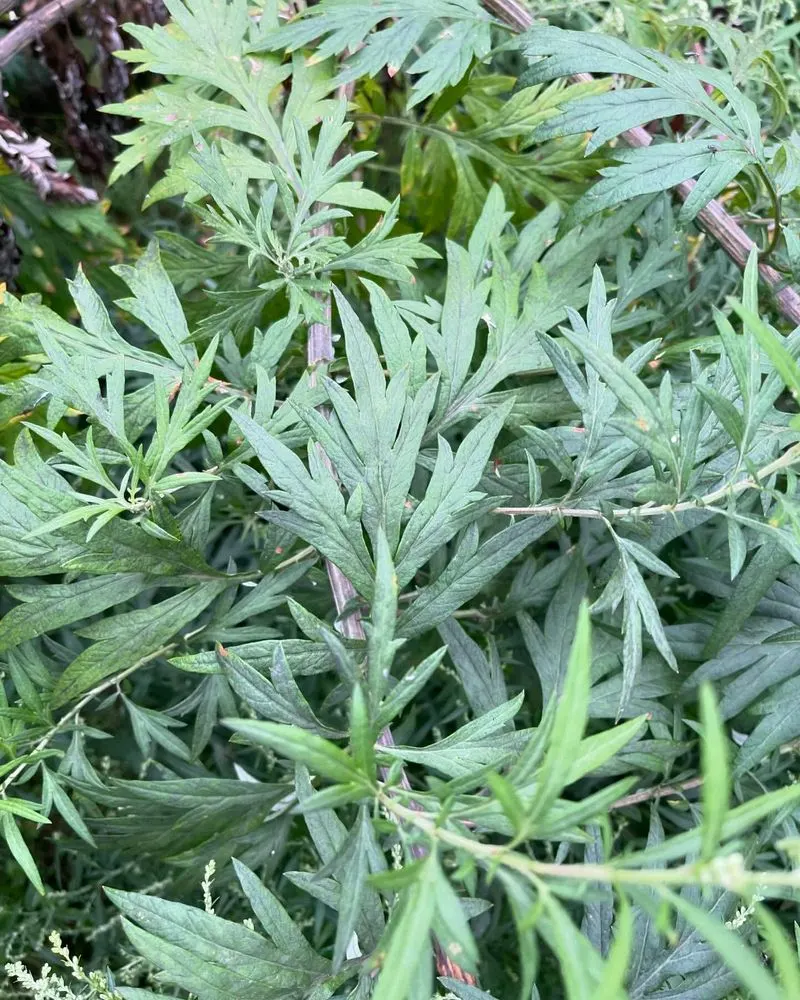
Mugwort, often associated with the mystical practices of medieval Europe, was believed to enhance dreams and aid in divination. Herbalists used mugwort in teas and incense to invoke prophetic visions and deepen spiritual awareness.
Its association with the moon and feminine energies made it a favored herb among wise women and healers. The silvery leaves and aromatic scent continue to captivate those drawn to its magical properties, with modern practitioners using mugwort in rituals to explore the subconscious mind.
Mandrake
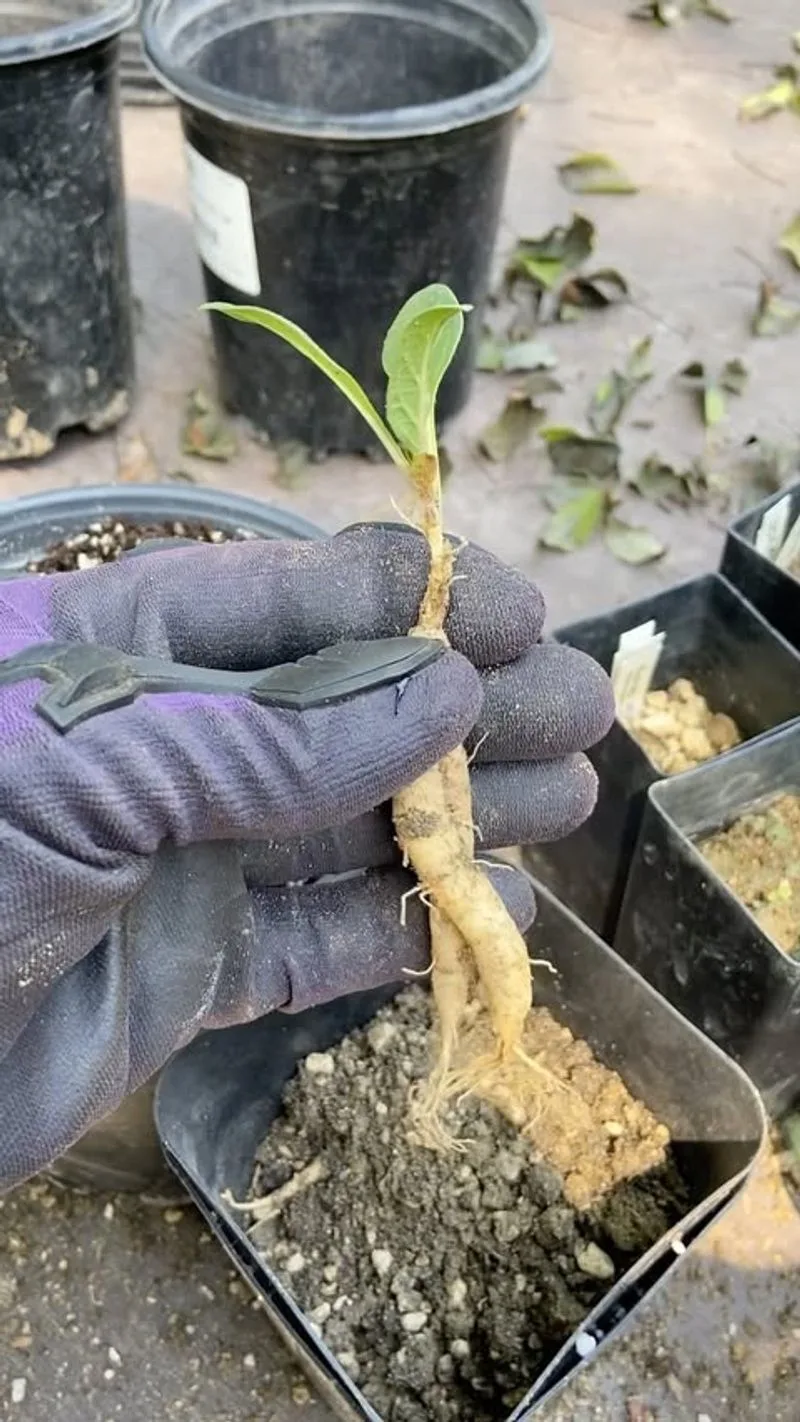
Shrouded in legend, mandrake was a potent plant in ancient Mediterranean rituals. Its human-like root was believed to possess magical powers and was often used in love potions and protective charms. The plant’s hallucinogenic properties contributed to its mystical reputation, with tales of its scream when uprooted adding to the allure.
Despite its fearsome mythology, mandrake was also valued for its medicinal uses, offering pain relief and sedation. This enigmatic plant continues to fascinate, symbolizing the intersection of myth and reality.
Henbane
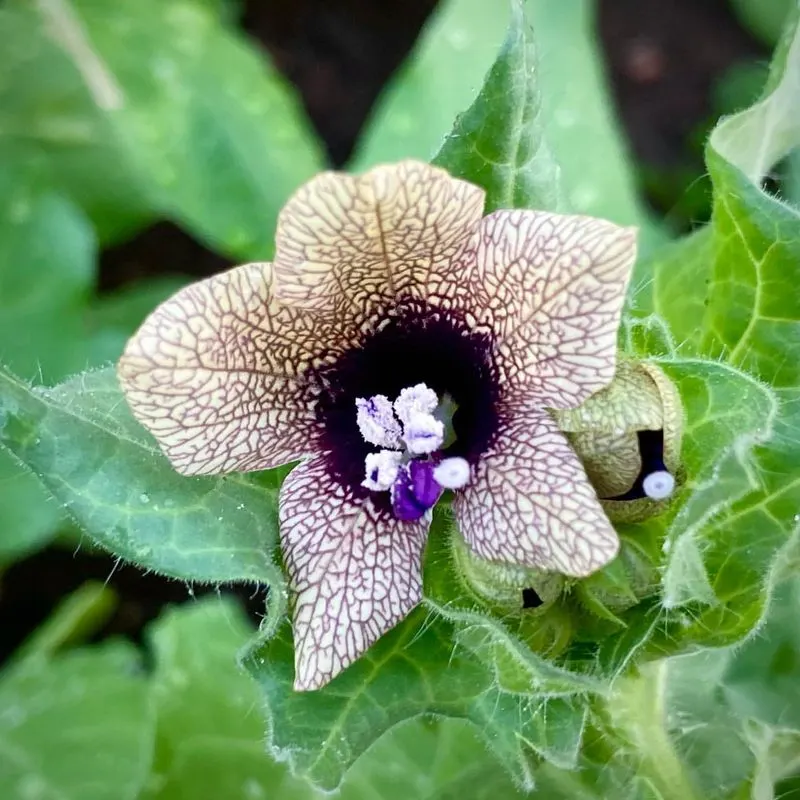
Henbane, with its dark, alluring flowers, was a staple in ancient European rituals and potions. Known for its psychoactive properties, it was used by witches and sorcerers to induce trance-like states and communicate with spirits.
The plant’s intoxicating effects made it a valuable tool in shamanic practices, offering visions and otherworldly experiences. Despite its toxic nature, henbane’s association with magic and mystery has persisted, capturing the imagination of those intrigued by its historical use in spellcraft and divination.
Lotus
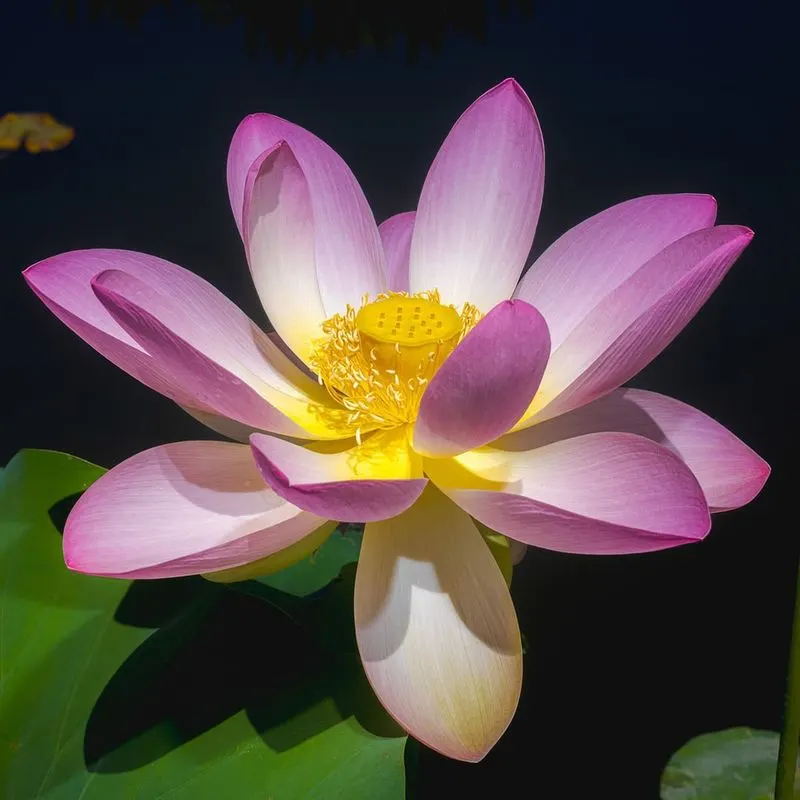
The lotus flower, revered in various Asian cultures, symbolizes purity and spiritual awakening. Its ability to bloom in muddy waters represents enlightenment emerging from adversity, a concept deeply rooted in Buddhist and Hindu traditions.
The lotus is often depicted in art and scripture as a throne for deities, embodying divine beauty and grace. Beyond its symbolic significance, the lotus is also celebrated for its calming properties, with lotus-infused teas and oils used to promote relaxation and meditation.
Datura
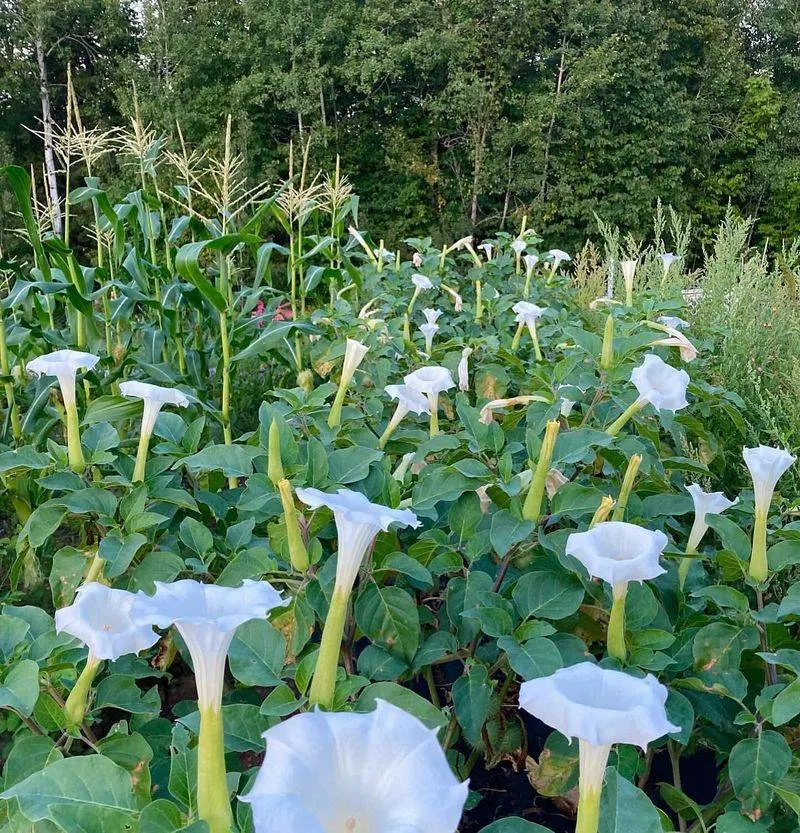
Datura, known for its striking trumpet-shaped flowers and potent psychoactive effects, has been utilized in religious ceremonies across various cultures. The plant’s ability to induce vivid hallucinations made it a powerful tool for shamans and spiritual leaders seeking to connect with higher realms.
In rituals, datura was consumed to enter altered states of consciousness, facilitating communication with spirits and ancestors. Despite its dangerous reputation, the plant’s mystical allure continues to inspire those exploring the boundaries of perception and spirituality.
Basil
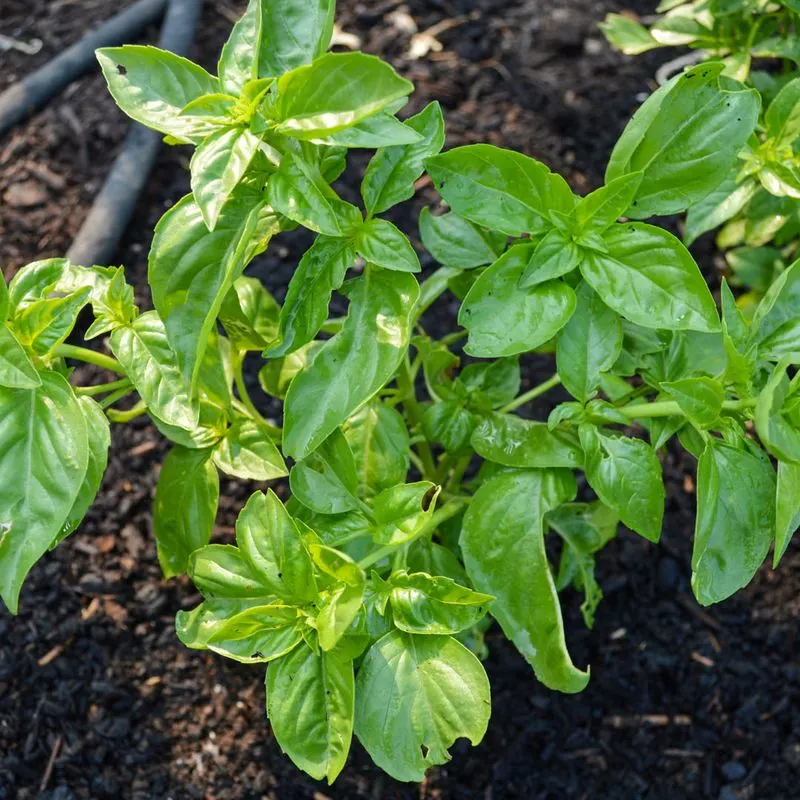
In the rich tapestry of Hindu rituals, basil holds a place of honor as a sacred herb. Known as Tulsi, it is revered for its spiritual and medicinal properties. Basil is often planted near temples and homes, believed to purify and protect sacred spaces.
Its aromatic leaves are used in religious offerings and ceremonies, symbolizing purity and devotion. Beyond its ritualistic significance, basil is cherished for its health benefits, providing a holistic connection between the body and spirit in spiritual practices.
Myrrh
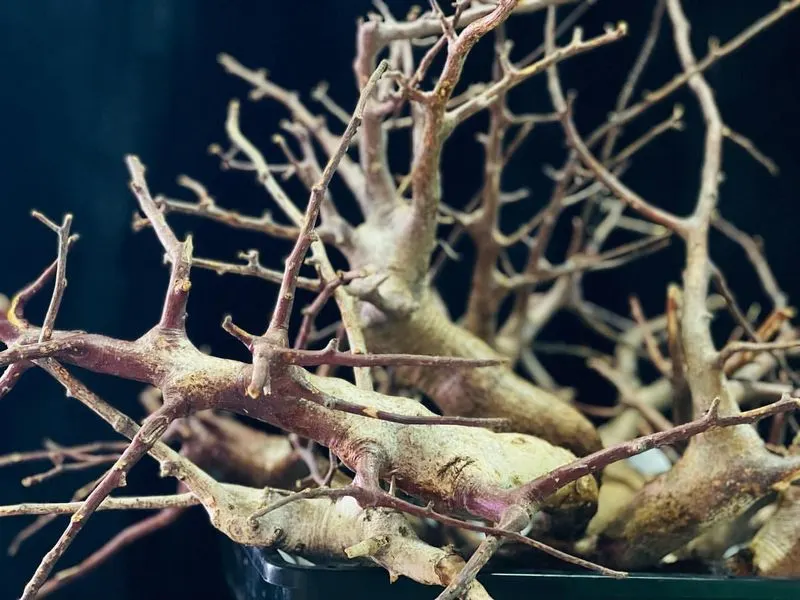
Myrrh, with its rich, earthy scent, has been a prized substance in religious ceremonies since ancient times. Used as incense and anointing oil, myrrh is often associated with purification and sanctity. Its presence in Christian, Egyptian, and Arabian rituals highlights its historical importance as a symbol of spiritual and physical healing.
The resin’s calming properties are still valued today, with myrrh-infused products offering a connection to ancient traditions and the enduring quest for inner peace and balance.
Cedar
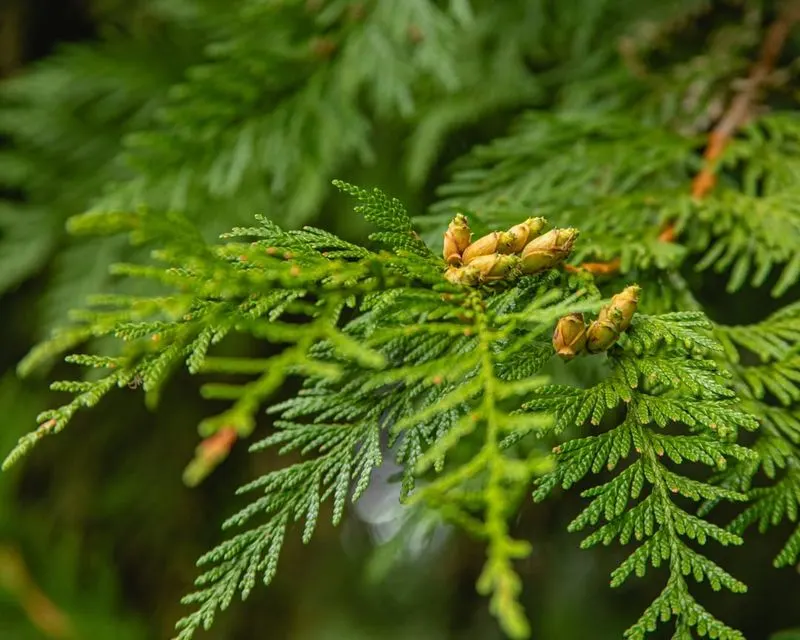
Cedar, revered by many indigenous cultures, symbolizes strength and protection. The wood and aromatic needles are used in purification rituals to cleanse spaces and individuals.
Cedar’s warm, grounding scent is believed to carry prayers to the heavens, strengthening the connection between the physical and spiritual worlds. Its enduring presence in ceremonies, from sweat lodges to vision quests, underscores its role as a sacred ally in spiritual journeys, bridging generations with its timeless wisdom.
Yew
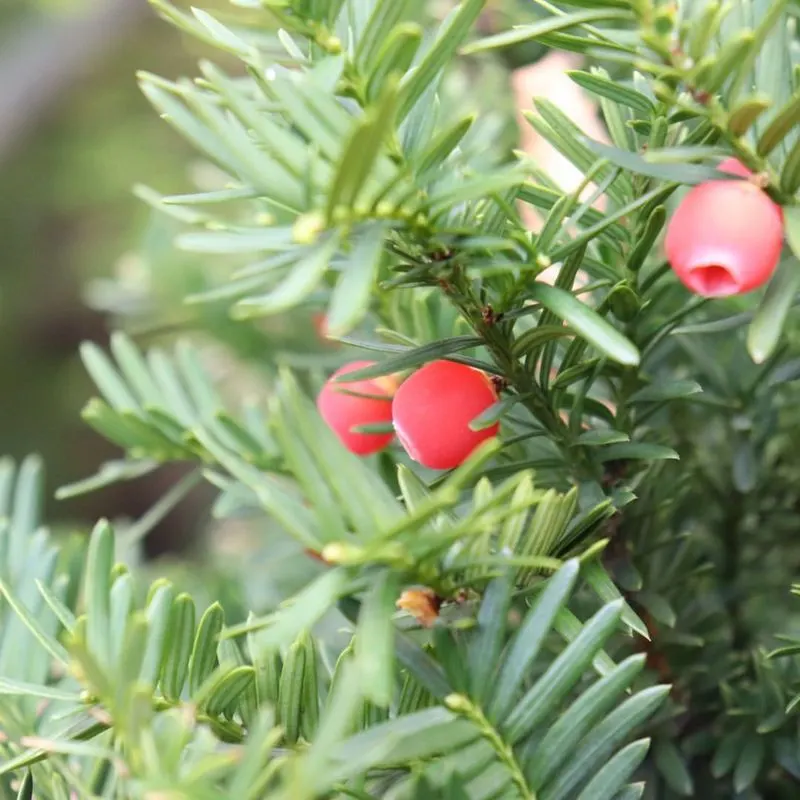
The yew tree, with its dark, evergreen foliage, holds a place of reverence in ancient European rituals. Often found in churchyards, yew symbolizes death and rebirth, reflecting its association with the afterlife.
The tree’s longevity and regenerative properties made it a powerful symbol of immortality and transformation. In Celtic traditions, yew was used in ceremonies to honor ancestors and seek guidance from the spirit world. Its mystical aura continues to inspire those drawn to its enduring legacy of mystery and renewal.
Cacao
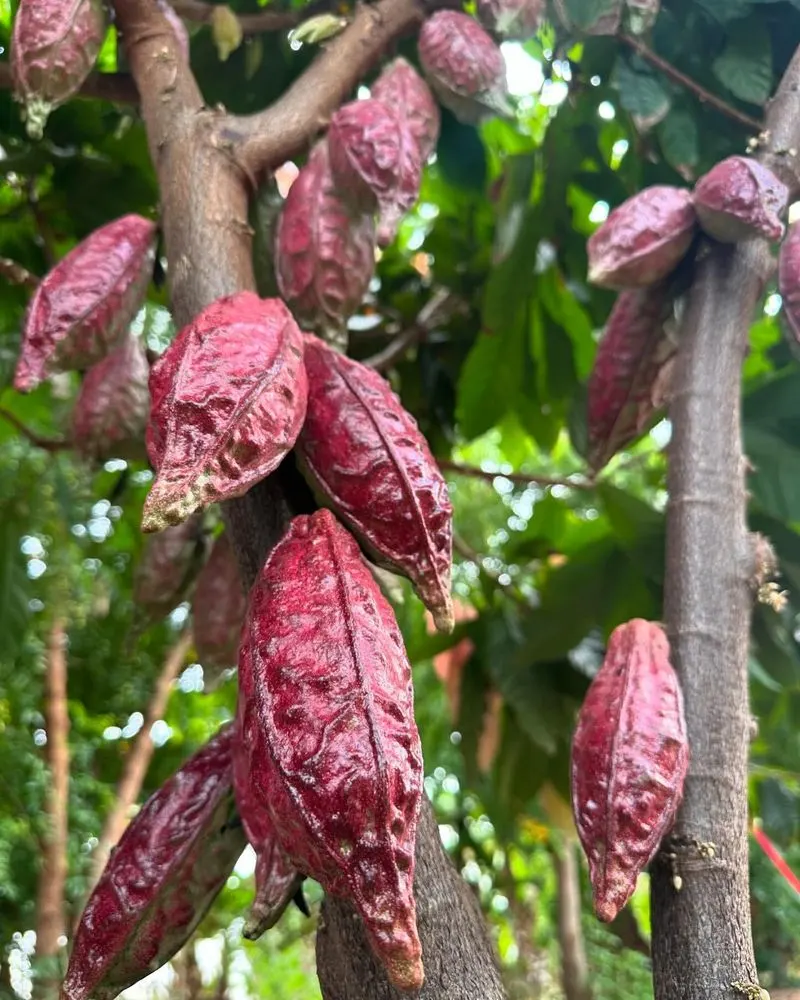
Cacao, the sacred plant of the Maya and Aztec civilizations, played a central role in rituals and ceremonies. Known as the “food of the gods,” cacao was consumed in elaborate rites to honor deities and facilitate spiritual communion.
The rich, bitter drink was believed to open the heart, fostering connection and transformation. Today, cacao ceremonies continue to celebrate its legacy, offering a nurturing space for personal reflection and collective healing. The plant’s enduring significance as a symbol of gratitude and abundance resonates across cultures.

